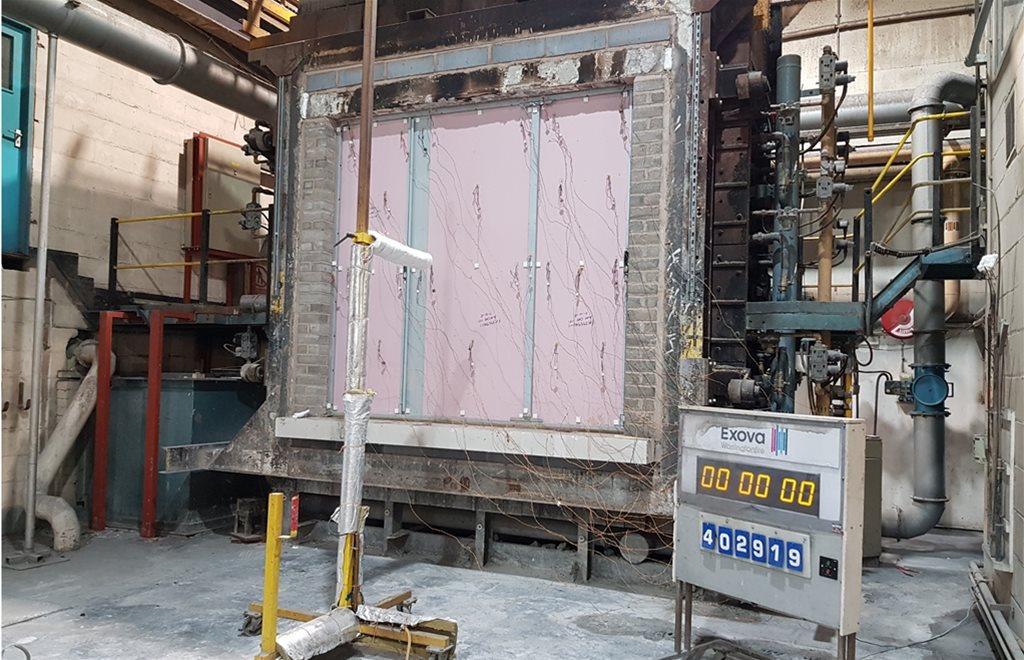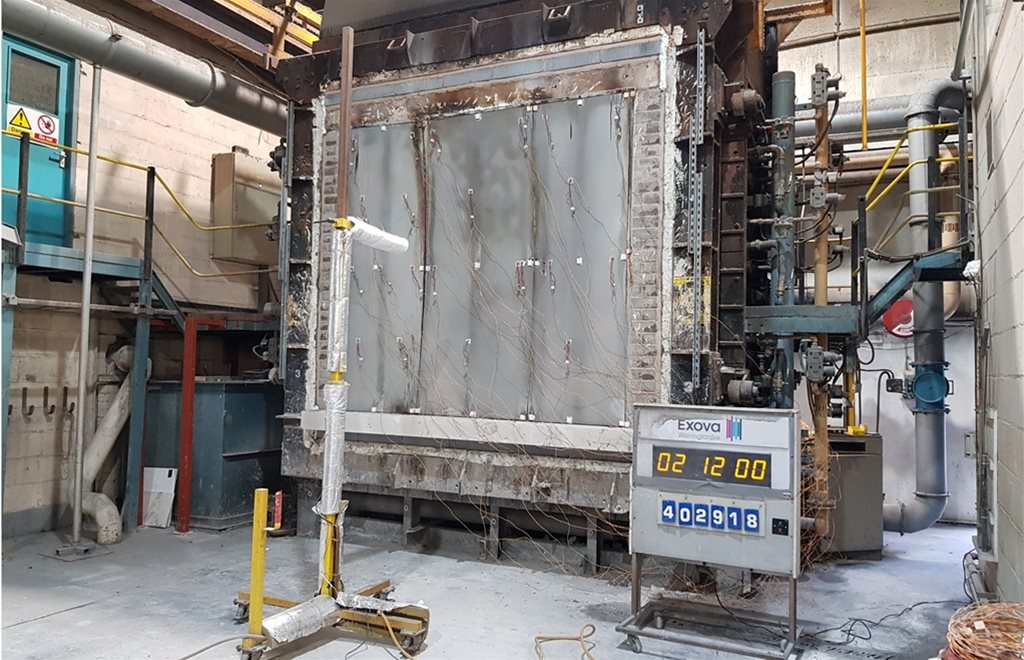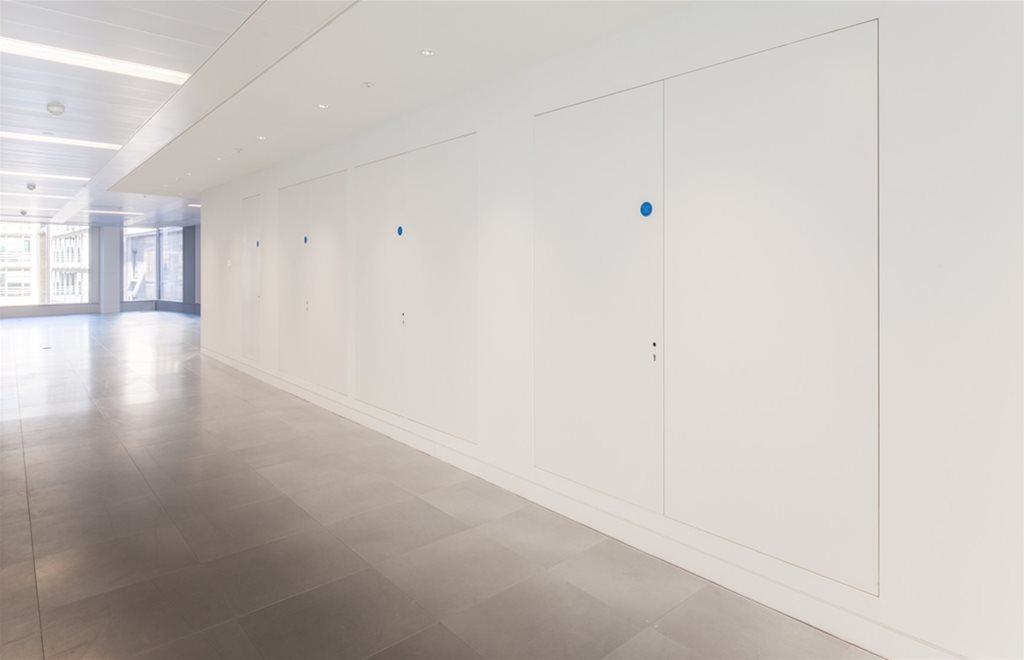Mick Hill outlines the vision behind the building safety framework and what is expected of those who can drive change in the construction sector
SET TO make the biggest changes to safety in 40 years, the new Building Safety Bill is designed to improve regulations in support of the construction industry. The bill will help achieve a clearer and more consistent system to ensure that individuals’ safety remains the priority not just throughout the initial construction process, but the entire lifecycle of the building.
Dame Judith Hackitt’s initial Independent Review of Building Regulations and Fire Safety revealed significant concerns around the quality assurance of fire doors, particularly with regard to the certification of these components and the lack of available corresponding building information.
Just last year, an investigation by Inside Housing into the replacement of faulty fire doors by councils UK wide found that across 98 councils, about 10% (approximately 33,000 fire doors) were unlikely to satisfy the 30 minute standard. While research such as this demonstrates just how far the construction industry still has to go in relation to fire safety, the release of the draft Building Safety Bill, along with the initial Hackitt Review and subsequent amendments to Approved Document B of the Building Regulations (ADB), marks the first significant step in helping the sector achieve a safer and more transparent environment for individuals, in which to live and work.
Subsequent moves
At the Construction Leaders’ Summit for the National Building Specification, Dame Judith’s speech further addressed the need for an alternative approach throughout all stages of the design, procurement and build phases, to deliver buildings that are both safe and sustainable.
It is clear, therefore, that the ongoing maintenance of these buildings and the components installed in them is a significant factor. This will be addressed within the associated consultation of the draft Building Safety Bill, which aims to strengthen fire safety in all regulated buildings of all heights throughout England.
While the actual application of the revised regulations and guidance may take until 2023 to become a legal requirement, as part of the implementation of the Building a Safer Future consultation, Dame Judith has highlighted the importance of senior figures adopting a ‘change of culture’ throughout each aspect of their construction practices.
This change in behaviour to ensure that the buildings they develop are suitable throughout their entire lifecycle includes increased accountabilities during the design and development stage, as well as the designation of an accountable person for the ongoing management of multiple occupancy dwellings.

Proactive professionals
In order to successfully meet the requirements outlined within the new guidance, professionals should take a proactive approach to the specification of passive fire safety components by selecting building products that supersede current industry standards and are supported by third party certified performance test credentials.
This includes having a clear understanding of the fire testing that each product has undergone and the legislations it complies with. With specific regard to steel riser doors, professionals should specify solutions that have been fire tested to either of the two following standards:
- BS EN 1634-1: 2014 + A1: 2018: Fire resistance and smoke control tests for door and shutter assemblies, openable windows and elements of building hardware. Fire resistance test for door and shutter assemblies and openable windows
- BS 476-7: 1997: Fire tests on building materials and structures. Method of test to determine the classification of the surface spread of flame of products part 22, as outlined in annex C of ADB volume 2
Where designated, the doors should also comply with the following separate British standards:
- BS 476-31.1: 1983: Fire tests on building materials and structures. Methods for measuring smoke penetration through doorsets and shutter assemblies. Method of measurement under ambient temperature conditions for smoke tests
- BS 8214: 2016: Timber-based fire door assemblies. Code of practice, for the installation for fire doorsets
The doors should also be specified and installed in accordance with BS 9999: 2017: Fire safety in the design, management and use of buildings. Code of practice.

New approach
As the release of the draft Building Safety Bill looks to ensure that buildings are fit for purpose throughout their entire lifecycle by creating a new regime for ensuring the safety of residential buildings in England, construction professionals should specify solutions that not only adhere to current regulations, but also successfully futureproof a building.
This ensures compliance with upcoming regulations, whilst simultaneously meeting the specific requirements of each individual working or living within that building. It also ties in directly with the golden thread of information outlined in the Hackitt Review, test certifications providing the necessary information for a transparent, digital trail of due diligence and successfully communicating to all relevant individuals key information about a building and the components used throughout its construction.
Professionals should look to work with manufacturers that provide comprehensive building information modelling (BIM) objects, along with corresponding digital data and certifications to ensure that they obtain the necessary comparable product data.
In this way, correct specification is ensured and the golden thread of building information is supported by providing a clear trail of digital information that can be referred to and referenced during the entire construction process. Collaboration between each individual involved in the design and construction processes is also achieved, not only to deliver a safe and sufficient building, but also to ensure subsequently its long term safety and suitability for all individuals.
The importance of achieving this successful communication and cooperation between all firms working across every aspect of a development is an integral part of Dame Judith’s vision for building a safer future.
Further enhancements
In relation to riser doors in particular, building professionals should look to specify bi-directionally fire tested models, as the certifications successfully document the prevention of the spread of fire throughout a multi storey building regardless of which direction/location the fire starts in. This also evidences compliance with the test exposure from both sides, as required by ADB, in addition to the asymmetrical clauses of BS EN 1634-1.
As the riser doors are physically tested in both directions, this provides the confidence that the integrity of the door will adequately withstand exposure to fire and smoke from both directions for the stated time period, eliminating the possibility for fire to enter or exit the riser shaft and limiting the potential spread of fire through the entire building.
Specifying products such as fire doors that have been third party tested by a certified provider will also further enhance the golden thread of information, as it provides a clear trail of evidence which ensures that the passive fire product complies with all current legislations, while also going above and beyond in terms of best practice.
The certification of fire doors by an accredited third party, rather than them being tested by the manufacturer itself, also provides architects and their clients with the highest standards of confidence and assurance that the doors will not fail in the event of a fire. This is supported by comprehensive test documentation that physically proves the suitability and performance of the doors, both for the outlined duration and at every stage of the manufacturing process.
Third party testers are involved in the entire construction process in order to ensure that manufacturers implement appropriate measures to maintain manufacturing consistency, and that the products tested are truly representative of production. This subsequently gives building professionals and their clients unbiased reassurance that each riser door specified is of the highest quality and offers unrivalled levels of performance.

Professional practice
While bi-directional fire testing is not a current industry requirement, professionals can face unlimited fines if the products they specify fail to meet the standards which are legally required. To avoid this and make sure that all potential risks are successfully mitigated, individuals must demonstrate that all reasonable steps have been taken during the specification process by choosing certified products for which there is comprehensive evidence.
This includes the documentation produced by third party fire bi-directional testing, which ensures both exposure faces where the ADB and associated standards require it and also reflects the principles of the draft Building Safety Bill to help ensure a building will deliver, and continue to deliver, the highest standards in fire safety.
The proposed new framework that is being promoted by Dame Judith Hackitt and the new building safety regulator highlights the importance of successful specification from the very outset of a construction project. In addition, essential collaboration between key manufacturers, suppliers and contractors to facilitate a change in behaviour places safety at the very forefront of all construction practices and approaches for the full lifecycle of the building
Mick Hill is lead technical manager at Profab Access